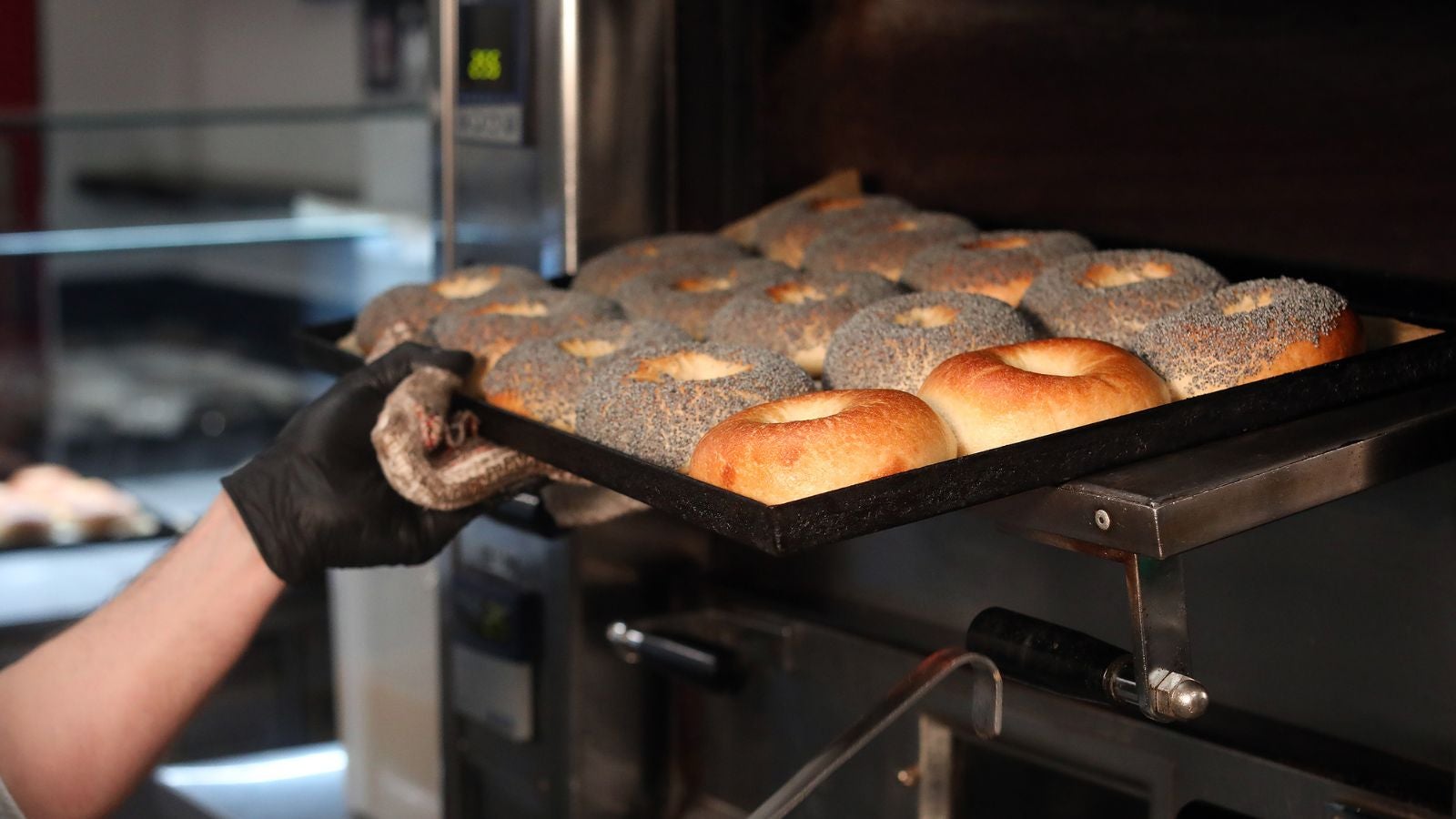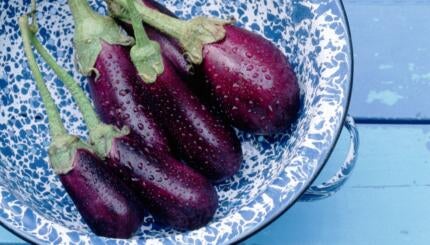In a city where the starch game is strong to say the least (pasta! risotto! bread!), it’s quite a feat to successfully introduce a “foreign” carbohydrate to the landscape. But that is exactly what Linda Martinez and Steve Brenner did with Beehive Bagels in Rome.
The American couple are the owners and proprietors of the popular Beehive Hostel, and like many in the hospitality industry, they faced an identity crisis of sorts during COVID. With no guests (save the ones literally stranded at the hostel), they were forced to pivot. What began as leisurely documentation of Steve’s experimentation with different baked goods on Instagram quickly morphed into a lucrative professional opportunity when they received an overwhelming positive response to one particular item: bagels.
“We were showcasing all sorts of different things – tortillas, bread, etc.,” Linda recounts with a smile, “but for some reason, people got really stuck on the bagels.”
Pandemic restrictions eventually waned but interest in their bagels remained, and the hostelers decided to turn their bagel side hustle into a bona fide business. To meet the demand of their burgeoning customer base, Linda and Steve sought assistance from a local pizzaiola turned business partner, Emanuele Piga, who helped replicate their recipes on a larger scale. Within a few years, production increased from a few dozen a week to 500-600 per day. Beehive Hostel guests are, naturally, served bagels at breakfast, but the large majority are sold wholesale to bakeries and coffee shops in the Italian capital and across the country.
The Nosher celebrates the traditions and recipes that have brought Jews together for centuries. Donate today to keep The Nosher's stories and recipes accessible to all.

Although the basic formula for Beehive’s bagels is straightforward (no preservatives or additives, just flour, water, malt, yeast, salt), the liquid component may just be the “magic” ingredient. While New Yorkers may aver it’s something in their water that makes for great bagels, ironically Roman H20, scientifically speaking, holds the key for superior gluten development due to its “hard” nature and high calcium content. Strong gluten gives Beehive Bagels that hallmark chew, and (I can testify from personal experience) enables them to rival anything out of the Big Apple with regards to quality and composition.
And though Beehive Bagels (in flavors such as poppyseed, sesame, onion and pumpernickel) are recognizably “authentic” to any bagel aficionado, including this author, they are also simultaneously distinctly Italian by virtue of some of their more unusual varieties, such as cacio pepe, which pays homage to one of Rome’s signature cheese-and-black-pepper pasta dishes. In the future, Linda and Steve intend to expand upon their “local flavors” offering, perhaps with a “puttanesca” bagel. Plans are also in the works for a brand new baking space in Rome’s Tor Pignattara neighborhood, which is set to open in a few months.
All roads may lead to Rome but the path to becoming the city’s foremost (and arguably only) bagel bosses was not necessarily predictable, at least for one half of the couple. While bagels were part of Steve’s gastronomic purview growing up in an East Coast Jewish family, Linda, who is of Puerto Rican descent, claims, “I didn’t even have a real bagel until I was in my twenties.” But better (bagel) late than never, and what further proof that not only is it possible to find love for bagels later in life, but also that you can become an expert in the process?
Finally, if how a person prefers their bagel is any reflection of how they live their life, then Linda and Steve, respectively, are the consummate expatriates in the best sense of the word, with feet planted firmly and proudly in both worlds. For Linda, a bagel at its best is plain toasted, topped with smooshed cherry tomatoes, drizzled with Italian olive oil, and dusted with sea salt. For Steve, it’s toasted with butter or as the base for a meatball sandwich.



